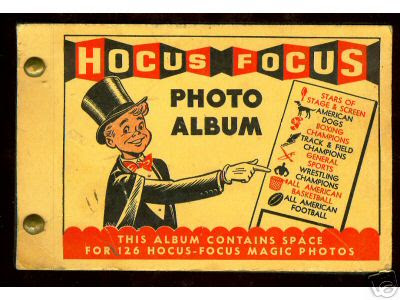As it often happens, I was searching the WWW for some obscure information about a certain Topps set and stumbled across some equally obscure information concerning an entirely different offering.
In August of 2021, Robert Edward Auctions closed a lot of over 800 panels from the 1974 Topps Baseball Stamps set. Troves of these stamps have been found over the years, so this was no surprise but what caught my eye was the way these had been packaged, namely inside a vending box. Here is the central image from the auction:
Those tight left end cuts are a hallmark of these panels, so that matches up perfectly with the zillions of known panels offered in the hobby press and online lo these past thirty years. The panels, folded twice, matche how they were found in the test packs that also contained one of 24 team albums. That is also 100% on point.
The auction description mentioned the generic vending box was, in the opinion of REA, original to the panels. There is no mention of it being a Topps vending box and indeed, I haven't seen a similar one in many years of keeping track. It does remind me a little of the circa 1949 vending boxes used by Topps to sell their tiny little cards like X-Ray Roundup but really since the early 1950's Topps had either used a semi-generic Trading Card Guild box - which came in two basic designs over about a dozen years, namely either black and red, or red, white & blue. Topps switched to the much more familiar mostly-blue venders sometime in the 1960's.
To refresh your collective memories, here is the generic 1949 vender:
Compare that to the graphics on this 1953 Trading Card Guild box, the first or second of a line that held cello packs of the larger Giant Size cards like Baseball and Wings. As readers here know, the Guild was just Topps rebranded when they sold early cello's without gum:
This is a slightly reconfigured version, apparently used for horizontally-oriented cards as it was said to contain 1955 All American Football cellos.
I'm not entirely sure how Topps sold their larger sized cards in a vending configuration. They very well could have been in generic gray sleeves with no graphics evident, perhaps with just an end stamp indicating the product inside. But based upon later designs identifying the Trading Card Guild in the graphics, I would think Topps employed this color scheme in the early Fifties. It's also possible any Guild boxes held loose Giant Size cards for vending, as Topps did this on occasion in the Seventies with their taller cards, but I cannot verify either point at this time.
UPDATE 9/25/23-Lonnie Cummins had sent me a scan of a gray box that likely held some configuration of 1955 Rails & Sails. It's stamped "TRAINS AND SHIPS":
A more familiar version of the vending box seems to have debuted around 1956, when Topps switched to the now standard size of 2 1/2" x 3 1/2" for the majority of their cards and even began indicating they were the company behind the Guild on some 500 count boxes. This one held Elvis Presley cards in a more traditional vending format.
Here's one that held 1957 Baseball, and we can tell from the stamped code using the Cummins Method that it was packed on May 9, 1957 by the third shift in Brooklyn:
At the same time, these started popping up, used when Topps was selling cello packs:

So as things got more colorful, a divergence occurred where Topps took responsibility for unwrapped vending boxes while the Trading Card Guild was shown as manufacturer of anything in cello form:
The red, white & blue boxes were used through at least 1966 as Monster Laffs packs from that year have been seen in them and I suspect the mostly blue boxes that replaced this version came came a bit after Topps moved production from Brooklyn to Duryea in 1966. Both styles probably overlapped as Topps transitioned their packaging when they killed off the Guild.
Somewhat of a case in point is this 1966 Baseball cello box:
:
Note the new (at the time) curved Topps logo and a distinct lack of any displayable Trading Card Guild graphics, although the box bottom tells a different tale:
(Courtesy Dan McKee)
By 1968 the blues were certainly in use as this high number vending box shows:
There is a Brooklyn address on the bottom but note it says "trading cards' which is still a Guild carryover. At some point in 1975-76 this switched to "picture cards" as the 1975 Baseball vending was found in the older style while the 1976's came in this 500 count bad boy:
So anyway, I was talking about the 1974 Baseball Stamps, right? Well here is a parting tidbit from the August 20, 1974 issue of Sports Collectors Digest, some detail on where the set was tested:
Belmont is just a couple of miles west of Boston, a tried-and-true metro area for Topps testing purposes, along with Brooklyn and Duryea PA (plus a couple of other locales). I'm trying to ID a second test store in Brooklyn (one is already known) near 76th St and 20th Ave in Bensonhurst that was possibly called Pecker's and identified by Gary Gerani in his new and highly entertaining book
The Card King Chronicles.
The one that is known is this store, which is long gone:
Another rumored one was on or just off Cortelyou Rd in Brooklyn (Flatbush to be exact) but I haven't been able to zero in any further.



















































